“Paviljoen finally fulfills its destiny”
Demolition work on the exterior of the Paviljoen, the oldest building on our campus, will start a bit later due to the presence of bats in the cavity walls. But that certainly hasn’t led to inaction: circular demolition of the building’s interior is in full swing, with the aim of reusing as much material as possible. “What do you have left when you take out all the rubbish? There’s much of value inside as it turns out.”
The presence of bats in the Paviljoen was suspected as long ago as early last year, resulting in a delay of demolition works. Now, more than a year later, project leader Jeroen Ebbers of Real Estate hopes to come to an agreement with the environmental service Brabant Noord about how to remove the bats in a safe manner.
In the meantime, demolition company Van Liempd is fully engaged in work on the building’s interior. “They can already start to remove chrome VI and asbestos. And the chairs in the lecture halls can be disassembled,” Ebbers says. Windows were also removed, and these will be reused at Area51, the Eindhoven skaters park. “A nice example of how circular demolition can lead to something new,” Ebbers says. “It may take a bit longer, but it yields more, because elements are reused with care.”
Marktplaats
Van Liempd demolishes the Paviljoen in a circular way and reuses all materials and installations wherever possible. According to this method, demolition workers don’t just demolish the building, they also sell the used building materials. They created their own ‘marktplaats’ for this purpose. The university is not involved in this.
There are a few things TU/e itself would like to reuse though, such as the steel frames of Paviljoen NP, the concrete columns, an air handling unit, some concrete window frames, the cooker hood of the Paviljoen’s kitchen, and some door handles. The columns, trusses and window frames will be stored on campus and will be reused at a later stage.
What will be preserved
Not everything from the Paviljoen will disappear: the three small paviljoens, the indoor pond and the entrance with canopy will be preserved (see the map above). “The only thing that will remain is the canopy’s supporting structure and the space leading to the pond, it will be a kind of shelter. Its destination is still unclear at this point,” Ebbers says.
The Newton tree (article in Dutch) next to the Paviljoen will be preserved as well. “It’s part of the university’s heritage.”
Disassembly manual
Recycling of materials is a beautiful concept, but how do you demolish material in such a way that it can be used again? To answer that question, Real Estate turned to the Built Environment department for help. University lecturer Jan Schevers (Architectural Design and Engineering) became involved with the Paviljoen via an honors project. “They were looking for someone who wanted to participate in the architectural part. I delved into it and remained involved,” says Schevers, who talks about the building with great enthusiasm.
“In first instance, we concentrated on the steel 3D frame of Paviljoen NP (where the library and children’s day care center used to be located, ed.) and on how we could reuse that. I sat down with students in the deserted Paviljoen and started to make a drawing right then and there. I had my laptop with me and made a 3D model. Your head starts to spin when you look into the steel structure. It has been tinkered with and things were added throughout the years, that’s what makes it a challenge.”
In love
As he walked through the Paviljoen, Schevers discovered “very cool things about how it was built, and as a result I fell somewhat in love with this building. ‘It can’t be so that all this will end up on a landfill,’ I thought to myself. Fortunately, much can be reused. Because if you take out all the rubbish, it turns out you’re left with much of value.”
Schevers walked around much in the Paviljoen and made drawings, photographs, calculations and models of the building. This resulted - in collaboration with the units Structural Design and Building Physics - in a disassembly manual. “This step-by-step plan outlines, among other things, how you can disassemble the steel supporting structure of the Paviljoen NP at specific junctions with surgical precision using a grinder, so that it comes down in manageable parts, but also in such a way that in can be used again.”
The concrete beams and columns can be reused as well. “When we delved into it, we saw that circularity was already taken into account when the temporary building was being built,” Schevers says. “The concrete beams are screwed together with huge wooden bolts. When you take these out, you can reuse everything.” After the carrying power of the beams is tested, of course.
Destiny
Now that Schevers is more familiar with the Paviljoen, he is at peace with the fact that the building will be demolished. “The Paviljoen was a temporary building at the time, and now it will finally fulfill its destiny. I’m very confident that we will be able to do some great things with the building’s materials. I’m now much less bothered by that fact that the Paviljoen will be demolished.”
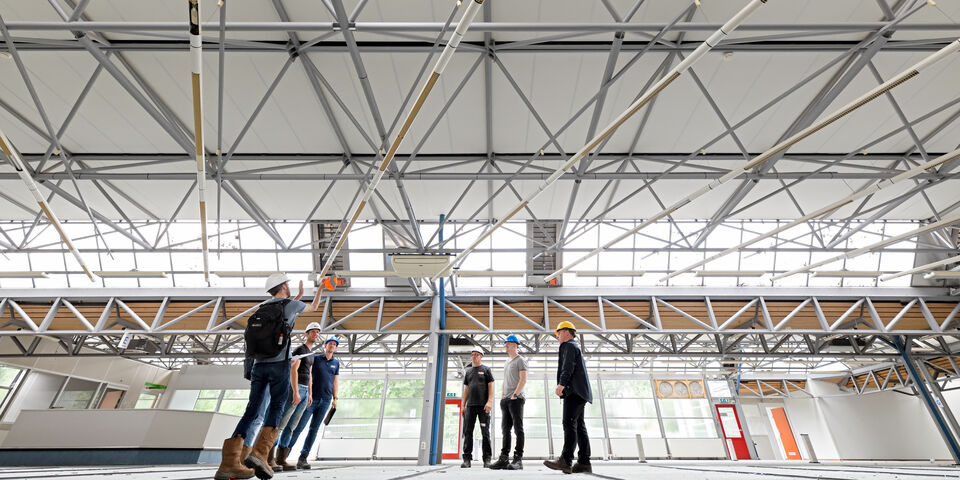

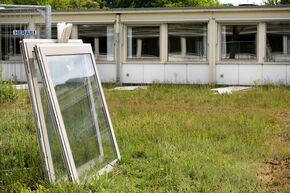
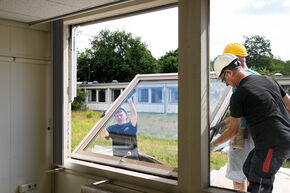
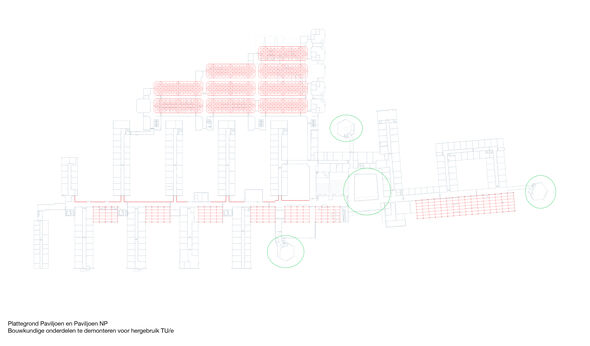
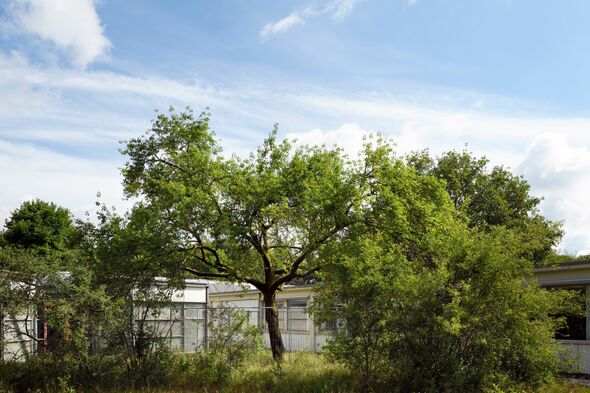
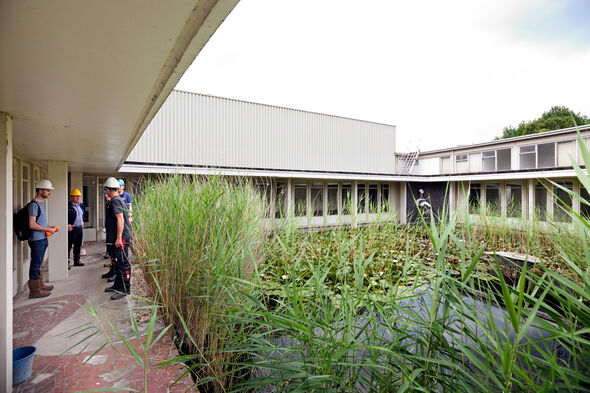
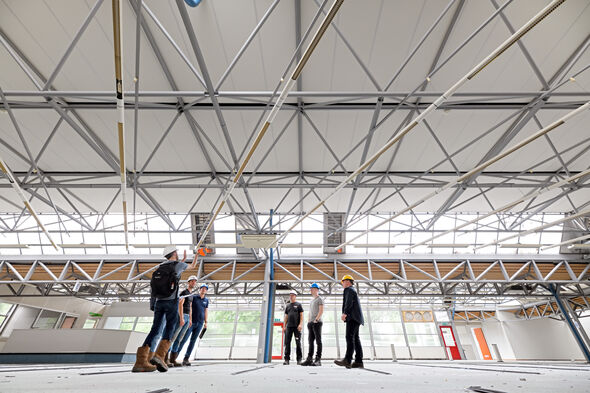
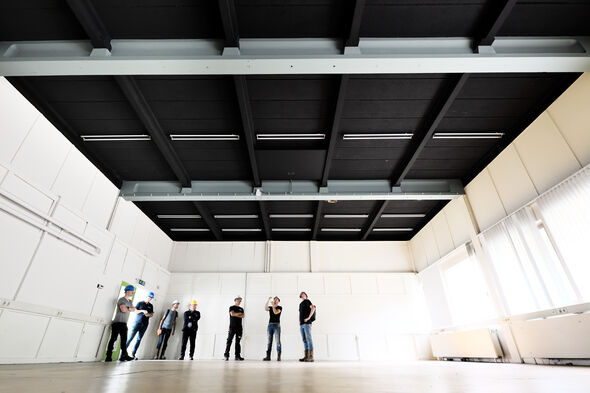
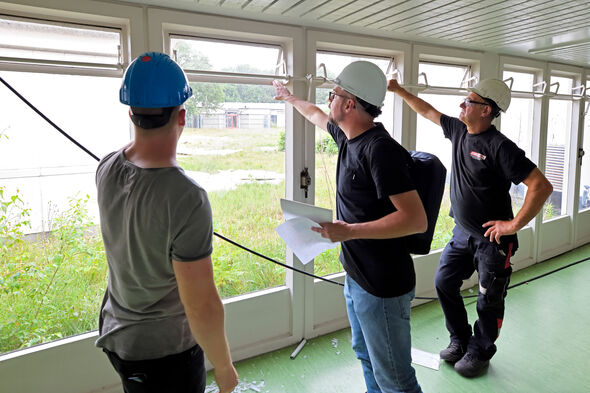
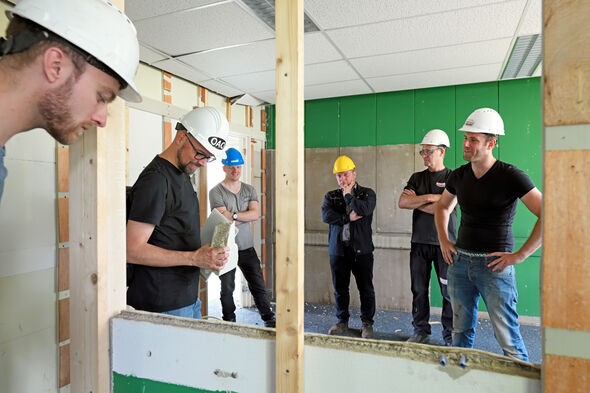
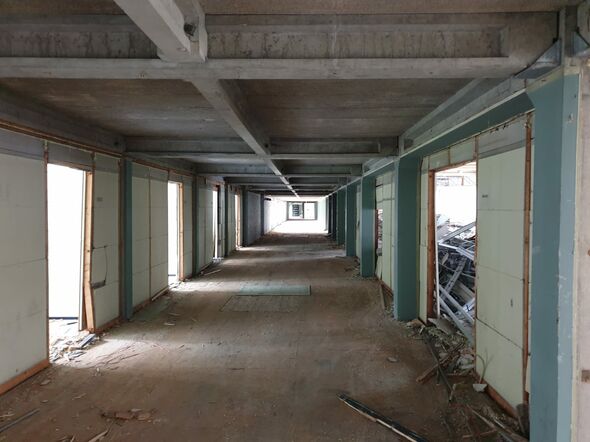
Discussion